| Schedule | Classes | Onsites | Manuals | Customers | Contact | About |
Use Excel to unleash Fortran's capabilities. Learn to combine the speed of Fortran with the GUI, charting, modeling, and data processing capabilities of Excel VBA to create lightning-fast engineering and science tools. Class Examples >
Next Class: Check Dates
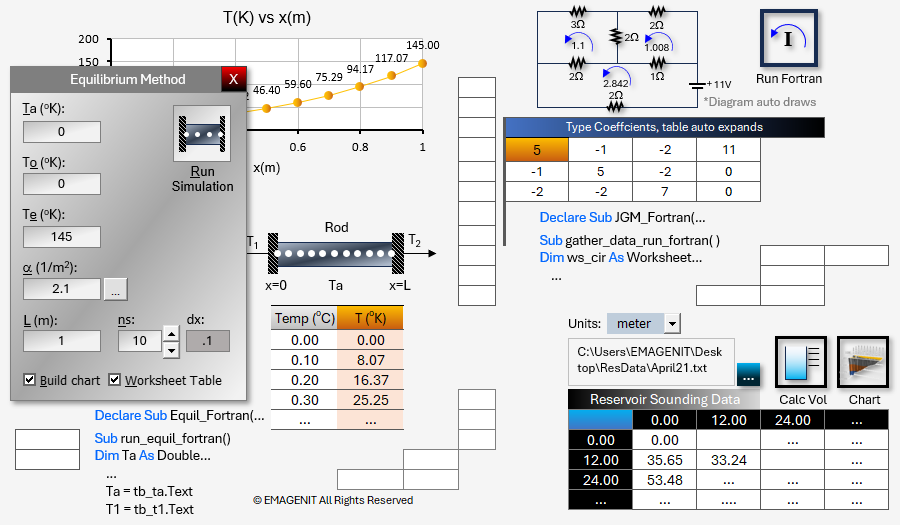
Our 3-day class shows how to create powerful tools by combining the speed of Fortran with the GUI, data, and modeling abilities of Excel VBA. It shows how to use the key Excel VBA and text file elements necessary to process, pass, return, and display Fortran DLL data.
Also covered is how to design and compile Fortran DLLs or upgrade existing Fortran code to run from VBA. Our class also discusses how to automate Excel's data tools and charts; build models; and create GUIs from userforms, shapes, worksheets, and ActiveX to run Fortran DLLs.
Read our detailed outline > below and see what you'll discover in our class.
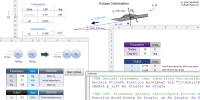 |
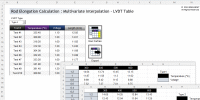 |
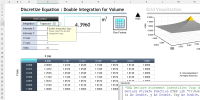 |
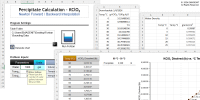 |
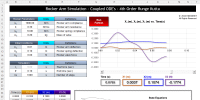 |
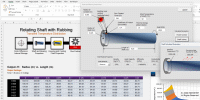 |
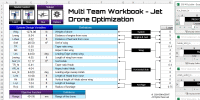 |
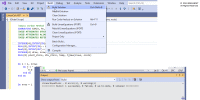 |
|
Live Virtual
View the dates / signup for our hands-on live virtual training. |
Public In-Person
View the dates, signup, and pricing for our
hands-on in-person training. |
Manual
Can't take the class, buy the self-study manual, apply the price later. |
Onsite
Learn how we can help your business save time and effort in Excel. |
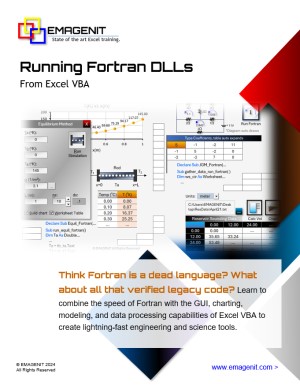
Class Brochure
Day-1
*This section discussed throughout the class when needed
Day-2
Day-3
Phone Number: 1.629.325.9937
Business Hours: Mon-Fri 8:00 AM - 7:00 PM CT
You can email us at info@emagenit.com >
Excel Training Services
Excel Classes - Business and Industry
Beginning Excel for Business and Industry
Intermediate Excel for Business and Industry
Advanced Excel for Business and Industry
Excel Dashboards for Business and Industry
Beginning Excel VBA for Business and Industry
Excel Classes - Engineers / Scientists
Microsoft Excel for Engineers for Scientists
Excel Data Analysis for Engineers and Scientists
Excel VBA for Engineers and Scientists
Excel VBA Data Analysis for Engineers and Scientists
Microsoft Excel Manuals
Microsoft Excel Solutions Handbook
Creating Advanced Excel VBA Apps
Excel VBA Handbook for Engineers and Scientists
Excel VBA App Design for Engineers and Scientists
EMAGENIT Company Information
US Military
Copyright © 2025. EMAGENIT All Rights Reserved